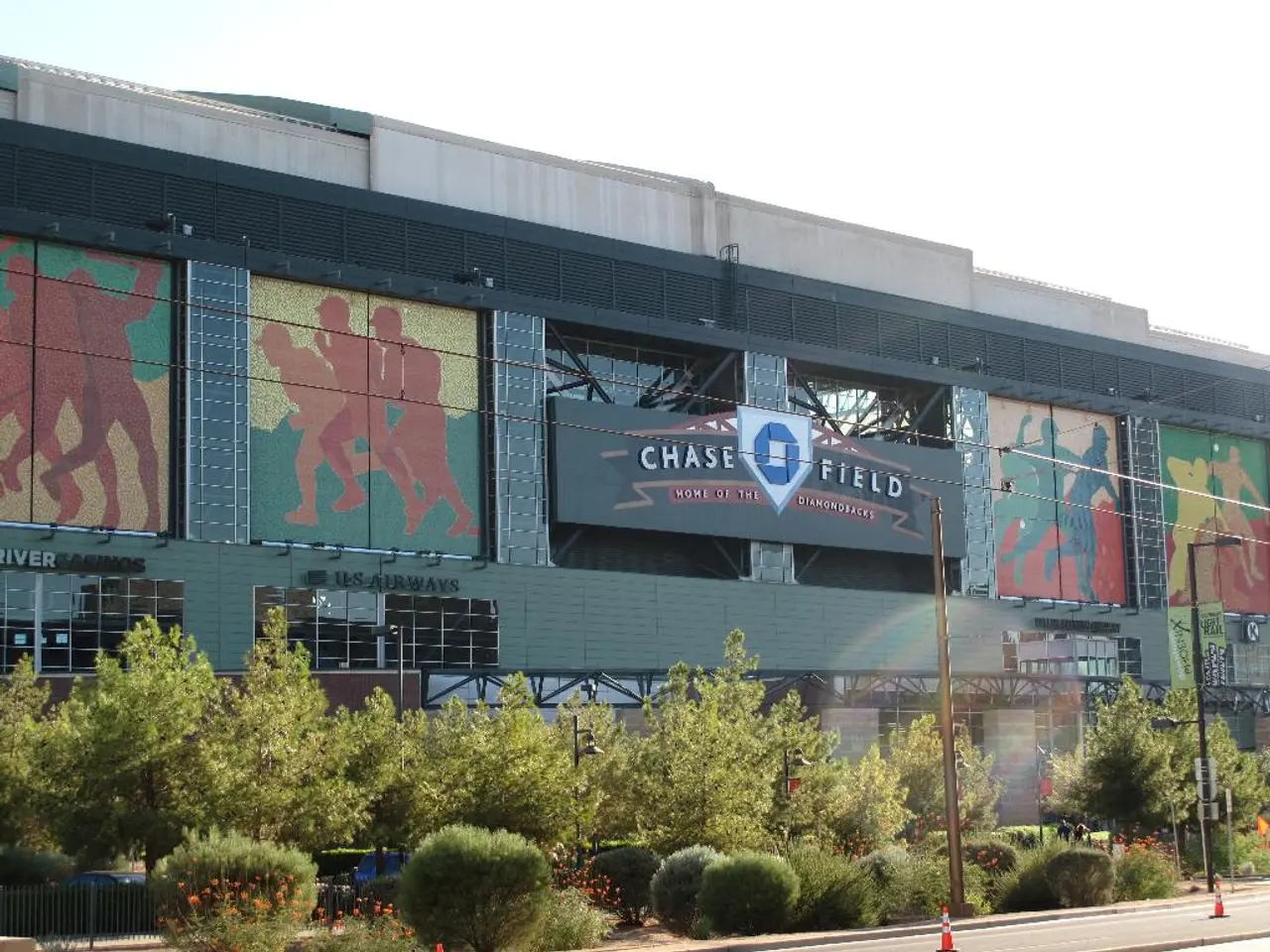Mexico City relocates 3 cannabis tolerance areas, yet some residents remain dissatisfied
Mexico City Relocates Cannabis Consumption Zones Ahead of FIFA World Cup
Mexico City has moved its government-designated "420 zones" for cannabis consumption to three specific public areas: Plaza de la Concepción in the Historic Center, the Simón Bolívar Monument on Paseo de la Reforma, and the José Saramago Reading Plaza near Chapultepecc Park.
The relocations were ordered by Mayor Clara Brugada in response to complaints about crime, on-site marijuana sales, and violence around the previous cannabis consumption camps. These camps, located at Plaza de la Información, the Estela de Luz monument, and outside the Museum of Memory and Tolerance, have been cleared.
The new zones are operating as a live experiment, monitored by police and watched closely by neighbors. Each zone has strict rules such as limited consumption hours, prohibition of alcohol and substance use, no buying and selling of cannabis, and a ban on photography and video recording. Government staff and police will monitor each site throughout the day to keep order and enforce regulations.
The relocation of these zones has sparked controversy and protests from residents and pro-cannabis activists who oppose the new designated areas near their neighborhoods. Critics argue the zones could disrupt local communities and question the approach to cannabis regulation.
This relocation and formalization of "420 zones" appear to be part of Mexico City's broader preparations for the 2026 FIFA Men’s World Cup, aiming to manage public order and the capital’s image as it hosts the international event. The "Popeye," a Comuna 420 organizer, stated that the new roundabout was picked to keep smoke and crowds away from main thoroughfares and homes.
The city is promoting the new 420 zones as a solution, but some activists view the relocation as an attempt to whitewash the city. Activists, like Diana, defend the new zones as an overdue step toward destigmatizing cannabis use. However, some authorities and local residents, like Óscar Ruiz and a 45-year-old mother named Vianey, are against the new zones and are advocating for their removal, citing concerns about drug use near schools and public buildings.
Officials have stated that the new rules and strict oversight may be updated in coming weeks as the city evaluates the program. Tension has arisen over the placement of the new 420 zones, particularly the Simóon Bolívar zone, which is near the Attorney General's Office.
Due to the ongoing legal ambiguity around cannabis in Mexico, these tolerance zones exist in a complex climate of evolving policy and social debate. No further specific regulatory changes tied directly to the World Cup beyond location and time restrictions were noted in the most recent updates.
- In response to concerns about crime and disorder, Mexico City has shifted its cannabis consumption zones to three specified locations: Plaza de la Concepción, Simón Bolívar Monument, and José Saramago Reading Plaza.
- These new zones, operational as a trial, enforce restrictions such as limited consumption hours, prohibition of alcohol, no buying and selling of cannabis, and a ban on photography.
- The relocation has triggered debates among residents, pro-cannabis activists, and local authorities, with criticism pointing towards potential disruptions to the local community and concerns about drug use near schools and public buildings.
- Advocates, like Diana, argue the new zones serve as an overdue step towards eradicating the stigma associated with cannabis use.
- Conversely, opponents, such as Óscar Ruiz and Vianey, are calling for the removal of the zones, citing issues related to proximity to educational institutions and public facilities.
- As the 2026 FIFA Men’s World Cup approaches, these changes seem to be part of Mexico City's broader initiatives to maintain public order and project a favorable image.
- Given the legal ambiguity surrounding cannabis in Mexico, these "420 zones" operate within a dynamic policy and social environment, with authorities constantly evaluating their impact and potential adjustments to regulations in the coming weeks.




